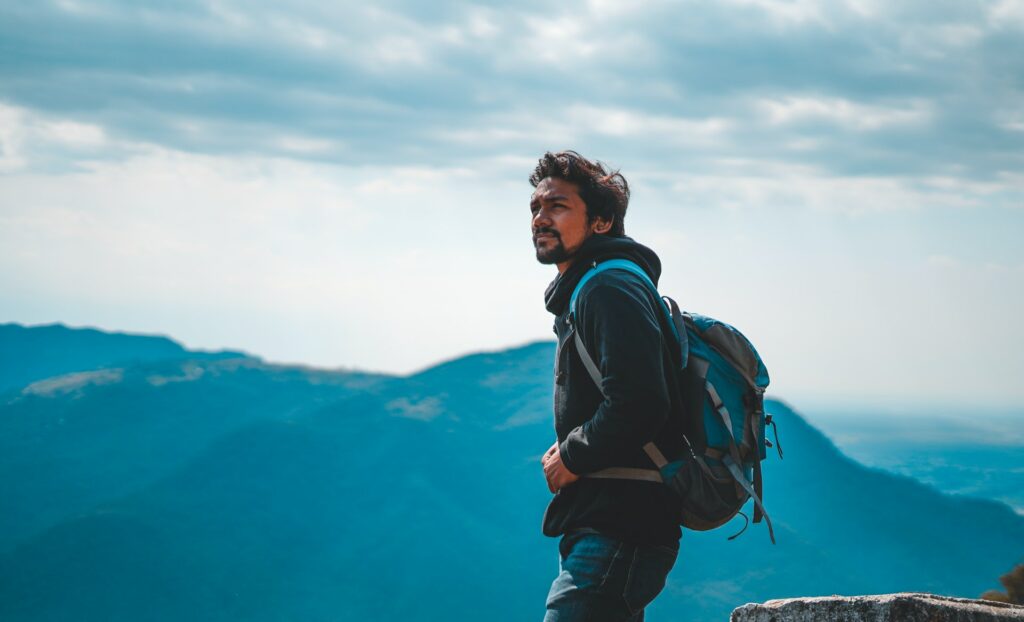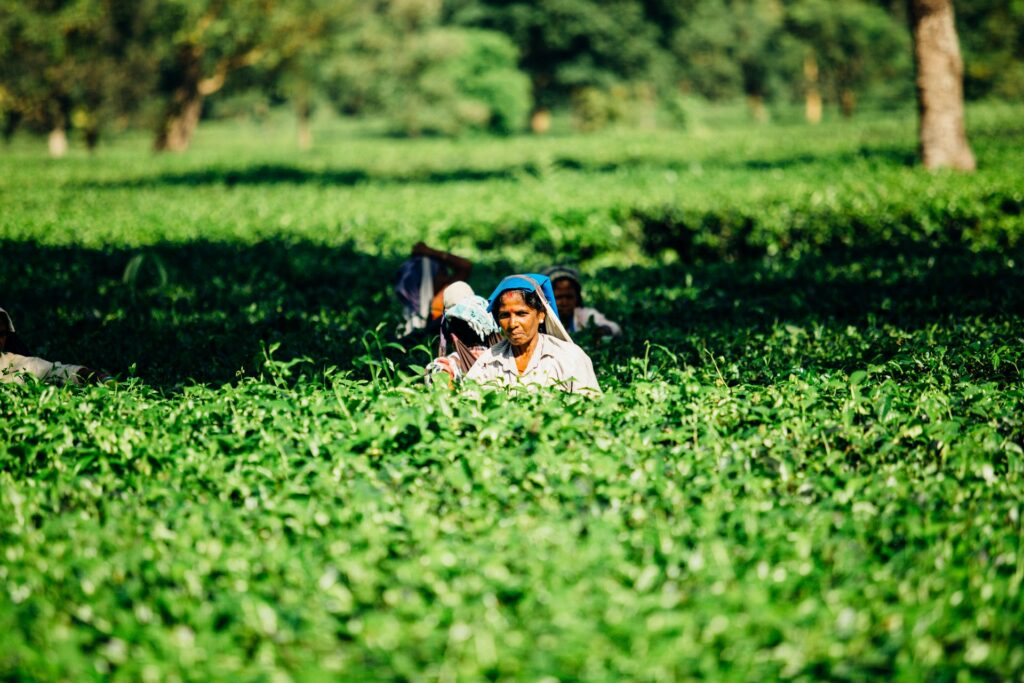Driving Ways to Revolutionise Travel Across India and Other Regions

By Jyoti Mayal, President at TAAI – Travel Agents Association of India
Be it domestic or international, tourism has suffered a lot. However, it’s time to revolutionise our businesses and the entire travel trade as a whole. We certainly need to reinvent and restructure tourism as we all try to stand tall to recover and survive post COVID-19.
With any calamity, the travel and tourism industry is the first to be hit and last to revive, but every dark cloud has a silver lining. Crisis brings many opportunities, and I would like to share with you some statistics.
The number of international tourists’ arrivals in India in 2020 was around 2.74 million, which is minus 74.9% of the annual growth rate compared to a year-on-year basis. Also, the number of domestic tourist visits to all states/UTs in 2020 was around 610.22 million, which is around minus 73.7%. Going by these statistics, it is evident that the pandemic has hit the Indian tourism industry indeed very hard. However, we as an industry need to continue to work with full vigour and dedication.
Tourism is a very important economic sector for countries with significant, yet still untapped, potential. A great number of concrete ideas to boost tourism at national and regional levels should be proposed to develop by the next generation of policy stakeholders. The need for cross-sectoral regional cooperation in the tourism sector in order to promote competitiveness at national and regional levels needs to be analysed. Information sharing, private-public partnerships, and capacity building should be included in the agenda as the first steps to the further development of the sector.

Post pandemic there is a huge need to survive and sustain for which we would require to develop regional tourism. I truly believe the crisis has taught us the importance of domestic tourism, and we need to progress to neighbouring countries to develop a strong region. Domestic tourism increased multifold in India and was an anchor to sustainability.
The entire border countries need to work together to develop strong corridors of travel and tourism. Tourism does not need borders. We need to remove them to bring in seamless travel. We need to bring about changes to develop regional passports, visas and policies of travel. We need to work in coordination to bring about effective results. We need to create a strong hub for the world.
Indian and regional travel trade jointly working could act as a catalyst to promote both domestic and regional tourism. Such is now evident from the fact that we are linked with various airlines, agents and tour operators at the grass-root level for making travel hassle-free while keeping in mind all the safety measures and guidelines released by the governments—both Indian and foreign for providing an easy passage for Intrastate and international travel. With positive news coming from the entire region—more airlines joining the existing players in India, borders opening up, commencement of commercial flights after two years effective 27th March—collectively is showing the signs of recovery at an immeasurable pace. On top of that, the active participation of travellers resulting in good passenger statistics is working as a morale booster for the entire travel trade.
We as an industry need to understand how we can convert regional tourism into our strength. Coordination and productive cooperation among all involved stakeholders need to be identified as the main priority for the promotion of tourism both at national and regional levels. Particular emphasis should be placed on the development of private-public synergies and other networking activities among stakeholders, such as intra-regional workshops or joint conferences for knowledge exchange and creation of synergies. On the same level, transnational cooperation among chambers and associations needs to be acknowledged as an important step forward. For an inclusive regional strategy for tourism, tailor-made policy and communication activities need to be established. An example is the creation of a unique logo and slogan to support the region’s branding as an attractive tourism destination, thus increasing regional and international tourist flow. In particular, the necessity of a targeted communication strategy, using new media technologies, i.e. social media, and the launch of a regional website should be established to include all related information for the countries, like tourist attractions, cultural history, gastronomy, and cultural routes.

Community-based tourism will create opportunities for year-round tourism. It will highlight less-visited regions / tourist sites, thus attracting diverse groups of regional and international tourists. It will generate new jobs in the sector and subsequently, support the economic growth of local communities. We thus need to focus on the following areas:
- Increased funding.
- Digitalisation—The entire travel trade has revisited its IT skills, E-acumen and upgraded accordingly given that the marketing has completely gone digital now.
- Skills development and life-long learning to do all such things and reskilling are very much required. Soft skills have to be reworked. We now do more hybrid interactions with customers / travellers and utilise the skills to convey and convince travellers with a more polished, polite, and thoroughly professional attitude with well-versed knowledge of places and destinations.
- Enhanced connection with academia will open many more doors to tourism.
- Connectivity enhancement.
- COVID-19 protocols or going forward health protocols need to be common.
Lastly, I would like to say that, unlike other businesses or sectors, the market which we cater to is all about beautiful experiences, making memories and people-to-people connections. As a region, our aim and objective should be to show how well prepared our industry is to welcome visitors and offer hygienic and safe travel—both domestic and regional, post-pandemic. Need of the hour, as we all are very well aware, is hygiene, medical facilities, and security.
Quoting Ryunosuke Satoro, “Individually, we are one drop. Together, we are an ocean,” so let us create an ocean of tourism and invest more in domestic tourism and build regional tourism—an aspect that will always be our strength as a traveller, stakeholder and economy of the country with huge job opportunities.






Responses